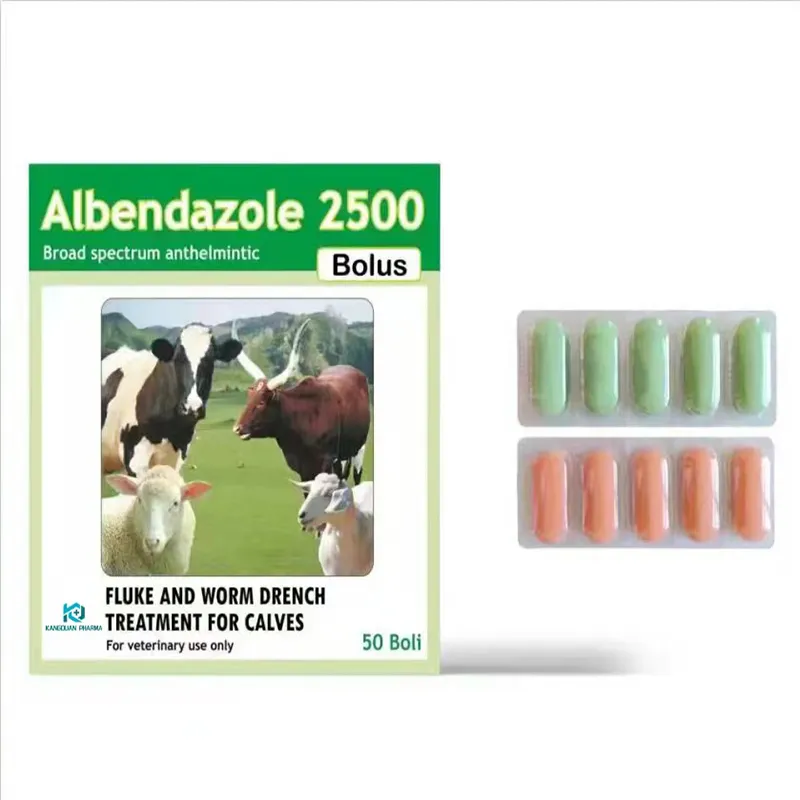- Afrikaans
- Albanian
- Amharic
- Arabic
- Armenian
- Azerbaijani
- Basque
- Belarusian
- Bengali
- Bosnian
- Bulgarian
- Catalan
- Cebuano
- Corsican
- Croatian
- Czech
- Danish
- Dutch
- English
- Esperanto
- Estonian
- Finnish
- French
- Frisian
- Galician
- Georgian
- German
- Greek
- Gujarati
- Haitian Creole
- hausa
- hawaiian
- Hebrew
- Hindi
- Miao
- Hungarian
- Icelandic
- igbo
- Indonesian
- irish
- Italian
- Japanese
- Javanese
- Kannada
- kazakh
- Khmer
- Rwandese
- Korean
- Kurdish
- Kyrgyz
- Lao
- Latin
- Latvian
- Lithuanian
- Luxembourgish
- Macedonian
- Malgashi
- Malay
- Malayalam
- Maltese
- Maori
- Marathi
- Mongolian
- Myanmar
- Nepali
- Norwegian
- Norwegian
- Occitan
- Pashto
- Persian
- Polish
- Portuguese
- Punjabi
- Romanian
- Russian
- Samoan
- Scottish Gaelic
- Serbian
- Sesotho
- Shona
- Sindhi
- Sinhala
- Slovak
- Slovenian
- Somali
- Spanish
- Sundanese
- Swahili
- Swedish
- Tagalog
- Tajik
- Tamil
- Tatar
- Telugu
- Thai
- Turkish
- Turkmen
- Ukrainian
- Urdu
- Uighur
- Uzbek
- Vietnamese
- Welsh
- Bantu
- Yiddish
- Yoruba
- Zulu
7 月 . 20, 2024 12:35 Back to list
Effects of Tylosin Tartrate on Poultry Health and Growth Performance in Chickens
Tylosin Tartrate for Chickens A Comprehensive Overview
Tylosin tartrate is a macrolide antibiotic that has gained prominence in the veterinary field, particularly in poultry farming. Its effectiveness against a variety of bacterial infections, particularly in chickens, makes it an invaluable tool for maintaining animal health and optimizing production rates in the poultry industry. This article delves into the uses, benefits, and considerations surrounding tylosin tartrate, particularly for chicken farming.
What is Tylosin Tartrate?
Tylosin tartrate is derived from the fermentation of Streptomyces fradiae, a type of soil bacteria. It is primarily classified as a feed additive and is recognized for its broad-spectrum antibacterial properties. The antibiotic works by inhibiting protein synthesis in bacteria, ultimately leading to their death. Commonly, tylosin is used to combat infections caused by microorganisms such as Mycoplasma, which can be particularly problematic in chickens.
Usage in Poultry
In poultry farming, tylosin tartrate is typically administered through feed or water, making it a convenient option for farmers. It is effective in treating respiratory and enteric infections, which are common issues in chicken flocks. Furthermore, tylosin is often used as a preventive measure against disease outbreaks, thus promoting better overall flock health.
Integrating tylosin into the feeding regimen can be particularly beneficial during stressful periods for birds, such as during transport, vaccination, or environmental changes. The antibiotic not only helps mitigate the risk of infection but also supports growth performance, thereby enhancing weight gain and feed efficiency.
Benefits of Tylosin Tartrate in Chickens
tylosin tartrate for chickens

1. Disease Management With its potency against specific pathogens, tylosin plays a crucial role in controlling diseases that can impact not only the health of chickens but also farm profitability. Effective disease management leads to increased survival rates and overall productivity.
2. Improved Feed Efficiency Studies have shown that the inclusion of tylosin in chicken diets can lead to improved feed conversion ratios (FCR). Healthy chickens with less disease-related stress can convert feed into body mass more efficiently, which is vital for commercial poultry operations.
3. Reduction of Antibiotic Resistance Tylosin tartrate is considered a low-risk antibiotic when it comes to promoting antibiotic resistance. It is often selected for use in situations where traditional antibiotics may not be effective, thereby helping to preserve the efficacy of other antibiotic classes.
Considerations and Regulations
While tylosin tartrate offers many benefits, it is essential for poultry farmers to use it responsibly. Misuse or overreliance on any antibiotic can contribute to the development of resistance, which poses a significant risk to both animal and human health. Therefore, it is critical to adhere to recommended dosages and treatment durations as outlined by veterinary professionals.
In many regions, tylosin is regulated, and its use in food-producing animals is subject to strict guidelines to ensure safety and efficacy. Poultry producers must be aware of these regulations to avoid potential withdrawal periods before slaughter to prevent antibiotic residues in meat products.
Conclusion
Tylosin tartrate serves as an essential component in the arsenal against poultry diseases. By improving flock health, enhancing growth performance, and ensuring effective disease management, tylosin plays a pivotal role in modern chicken farming. However, the responsible use of this antibiotic is critical to sustaining its effectiveness and safeguarding both animal and public health. As the poultry industry continues to evolve, maintaining a balance between productivity and responsible antibiotic use will be vital for the future of sustainable agriculture.
-
The Power of Radix Isatidis Extract for Your Health and Wellness
NewsOct.29,2024
-
Neomycin Sulfate Soluble Powder: A Versatile Solution for Pet Health
NewsOct.29,2024
-
Lincomycin Hydrochloride Soluble Powder – The Essential Solution
NewsOct.29,2024
-
Garamycin Gentamicin Sulfate for Effective Infection Control
NewsOct.29,2024
-
Doxycycline Hyclate Soluble Powder: Your Antibiotic Needs
NewsOct.29,2024
-
Tilmicosin Premix: The Ultimate Solution for Poultry Health
NewsOct.29,2024













